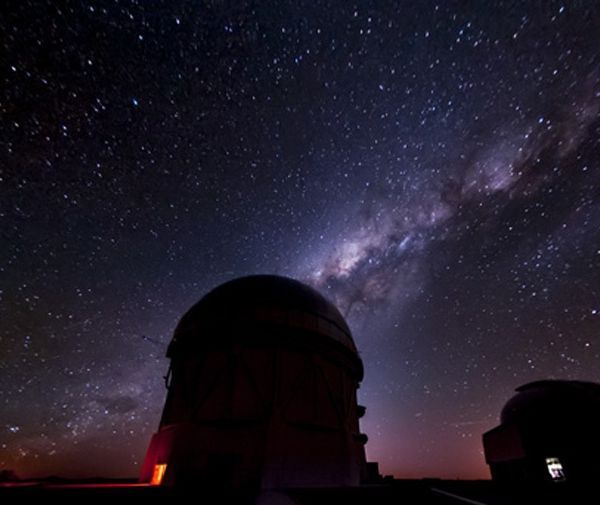A Redwood City, California-based tech startup has developed a glass window packed with transparent photovoltaic cells that it believes will revolutionize the way solar energy is harnessed.
As companies around the world are increasingly working to expand and improve upon renewable energy resources, solar-energy based companies have been working to extract more energy from ever-smaller solar cells. Some resistance to the technology stemmed from the unsightly physical appearance of giant solar units placed on rooftops or vacant fields.
But Ubiquitous Energy Inc. has taken a different approach. Instead of joining competitors in trying to reduce the size of each solar cell, the company instead designed a solar panel of virtually clear glass that allows light to pass through unobstructed while tapping into the invisible ranges of the light spectrum.








